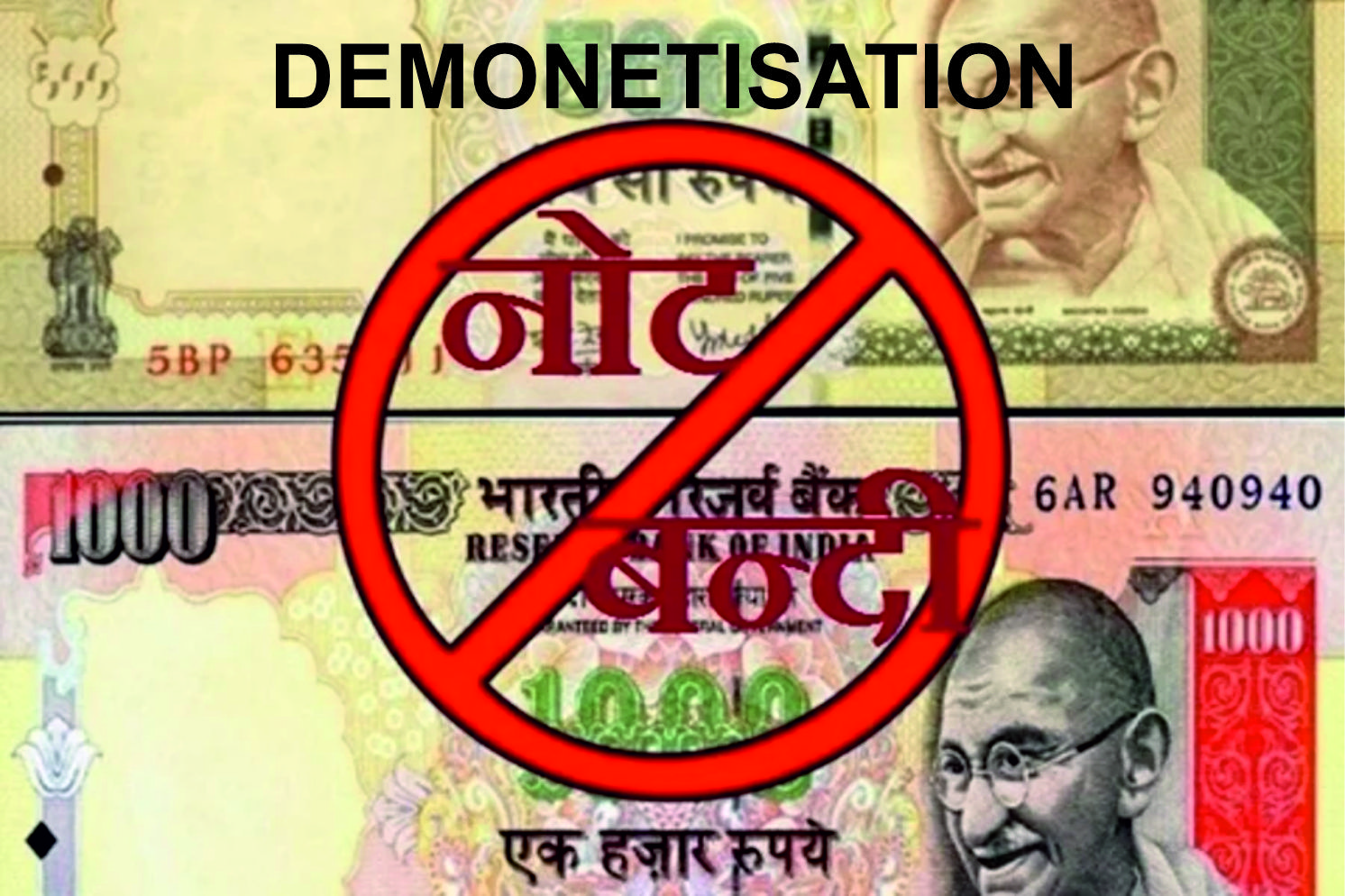Nutraceutical Excipients Market Poised to Hit $4.31 Billion in 2025 with 6.7% CAGR

Introduction
The global nutraceutical excipients market is on a dynamic growth trajectory, expected to expand from $4.03 billion in 2024 to $4.31 billion in 2025, driven by a 6.7% CAGR, according to a comprehensive report by The Business Research Company. This growth is propelled by surging consumer demand for plant-based formulations, advancements in delivery technologies, and a heightened focus on preventive healthcare. As health-conscious consumers increasingly prioritize clean-label and natural ingredients, excipients—essential inactive components that enhance the stability, bioavailability, and palatability of dietary supplements and functional foods—are becoming pivotal to the nutraceutical industry’s evolution. With the Asia-Pacific region, particularly India and China, leading growth, the market is set to reshape global commerce in health and wellness products through 2034.
Market Drivers
Several key factors are fueling the rapid expansion of the nutraceutical excipients market:
-
Plant-Based Innovation: Consumers are gravitating toward clean-label excipients derived from natural sources like cellulose, starches, and botanical extracts. A 2023 IFIC survey revealed that 63% of consumers prefer products with natural ingredients, driving demand for sustainable and transparent formulations.
-
Preventive Healthcare Trends: The rising prevalence of chronic diseases such as obesity, diabetes, and cardiovascular disorders is accelerating the adoption of nutraceuticals. Excipients play a critical role in formulating effective dietary supplements and functional foods to address these health concerns.
-
Aging Population: The global increase in elderly demographics, particularly in Asia-Pacific and North America, is boosting demand for supplements targeting joint health, cognitive function, and metabolic wellness. Excipients enhance the delivery of active ingredients to meet these needs.
-
Regulatory Support in India: The Food Safety and Standards Authority of India (FSSAI) has implemented stringent regulations to ensure product safety, enhancing consumer trust and facilitating global exports. India’s compliance with international standards is positioning it as a key supplier in the nutraceutical supply chain.
Technological Advancements
Technological innovations are revolutionizing the nutraceutical excipients market by improving functionality and consumer appeal:
-
Spray Drying and Freeze-Drying: These techniques enhance the stability and bioavailability of excipients, ensuring active ingredients are effectively delivered to the body. For example, spray-dried excipients improve solubility for functional beverages.
-
Nanotechnology: Advances in nanotechnology are optimizing flowability, compressibility, and absorption, enabling the creation of high-efficacy products. Nano-encapsulation, for instance, protects sensitive ingredients like vitamins from degradation.
-
Versatile Dosage Forms: The market is seeing a shift toward diverse formats such as tablets, capsules, gummies, and functional beverages, catering to consumer preferences for convenience and palatability. Excipients like binders and disintegrants ensure structural integrity and controlled release.
These advancements are reducing production costs and enabling manufacturers to meet evolving consumer demands, particularly in the functional foods and beverages segment, which is projected to record the highest CAGR through 2034.
Regional Insights
The Asia-Pacific region is a powerhouse for nutraceutical excipient growth, driven by rising disposable incomes, increasing health awareness, and robust manufacturing capabilities. India, in particular, is expected to achieve a 10.1% CAGR through 2034, fueled by:
-
Growing Middle Class: Rising disposable incomes are enabling greater spending on health and wellness products.
-
Health Consciousness: Post-pandemic awareness has spurred demand for preventive nutrition, with 70% of Indian urban consumers prioritizing herbal and natural supplements, per FSSAI data.
-
Export Potential: India’s alignment with global regulatory standards, including FSSAI and GMP certifications, is boosting its role as a key exporter to markets like the EU, North America, and Southeast Asia.
China also plays a significant role, with its focus on functional foods and e-commerce platforms, which account for 79% of nutraceutical sales in the region. The Asia-Pacific market’s growth is further supported by events like Vitafoods Asia 2025, currently underway in Bangkok (September 17–19, 2025), where industry leaders are showcasing innovative excipients.
Competitive Landscape
Leading companies are driving market growth through R&D investments and strategic acquisitions:
-
Kerry Group: Developing multifunctional excipients that streamline formulations, reducing production costs while enhancing product efficacy.
-
Ingredion: Expanding its clean-label portfolio with plant-based excipients like starches and fibers, catering to consumer demand for transparency.
-
Roquette Frères: Strengthened its market position through the 2022 acquisition of Crest Cellulose, enhancing its plant-based excipient offerings in the Asia-Pacific region.
Smaller manufacturers face challenges such as high production costs and stringent regulatory requirements, particularly in markets with rigorous standards like the EU. Strategic partnerships with regulatory bodies and investments in sustainable sourcing are critical for overcoming these barriers and ensuring market access.
Market Segmentation
The nutraceutical excipients market is segmented by function, form, and application:
-
Binders Segment: Dominates due to its essential role in maintaining the structural integrity of tablets and capsules, ensuring consistent dosing and product quality.
-
Functional Foods & Beverages Segment: Expected to achieve the highest CAGR through 2034, driven by consumer demand for fortified products like protein shakes, energy bars, and vitamin-enriched beverages.
-
Dry vs. Liquid Excipients: Dry excipients, such as powders, lead due to their ease of handling and longer shelf life, while liquid excipients are gaining traction in beverages.
Future Trends
The nutraceutical excipients market is poised for transformative growth, driven by emerging trends:
-
Personalized Nutrition: Consumers are seeking tailored health solutions, with excipients enabling precise delivery of active ingredients like probiotics and omega-3s.
-
E-Commerce Expansion: Digital platforms are accelerating market reach, with 11.7% CAGR projected for e-commerce nutraceutical sales in India through 2033. Online accessibility is enhancing consumer access to specialized products.
-
Natural Ingredients Priority: The clean-label movement is reshaping formulations, with 63% of consumers prioritizing natural ingredients, per a 2023 IFIC survey. This is driving demand for botanical-based excipients like guar gum and pectin.
-
Sustainability Focus: Companies are adopting sustainable sourcing practices to align with environmental concerns, reducing the carbon footprint of excipient production.
Challenges and Opportunities
While the market offers significant opportunities, challenges remain:
-
High Production Costs: Developing advanced excipients like nano-formulations requires substantial investment, posing barriers for smaller players.
-
Regulatory Complexity: Compliance with varying global standards, such as FSSAI in India and FDA in the U.S., demands robust quality control systems.
-
Supply Chain Vulnerabilities: Geopolitical tensions and raw material shortages could disrupt supply chains, impacting production timelines.
However, opportunities abound in partnerships with digital health platforms, expansion into emerging markets, and investment in R&D for multifunctional excipients. Companies that prioritize sustainability, innovation, and regulatory compliance will be best positioned to capitalize on the market’s growth.
Conclusion
The nutraceutical excipients market’s projected growth to $4.31 billion in 2025 underscores its critical role in the global health and wellness industry. Driven by plant-based innovation, preventive healthcare trends, and technological advancements, the sector is transforming the way dietary supplements and functional foods are formulated and consumed. With the Asia-Pacific region leading the charge and companies like Kerry Group, Ingredion, and Roquette Frères pushing the boundaries of innovation, the market is set for sustained growth through 2034. As consumer preferences shift toward personalized nutrition and clean-label products, excipients will remain at the forefront of nutraceutical commerce, enabling healthier, more sustainable solutions for a global audience.



 167
167

 The BharatBiz
The BharatBiz
 16
16

